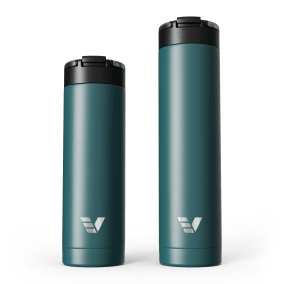What is stainless steel?
There are more than 500 types of stainless steel each with slightly different properties.
The most common stainless steel used in the food and beverage industry is 18/8 (304) grade and 18/10 (316) grade.
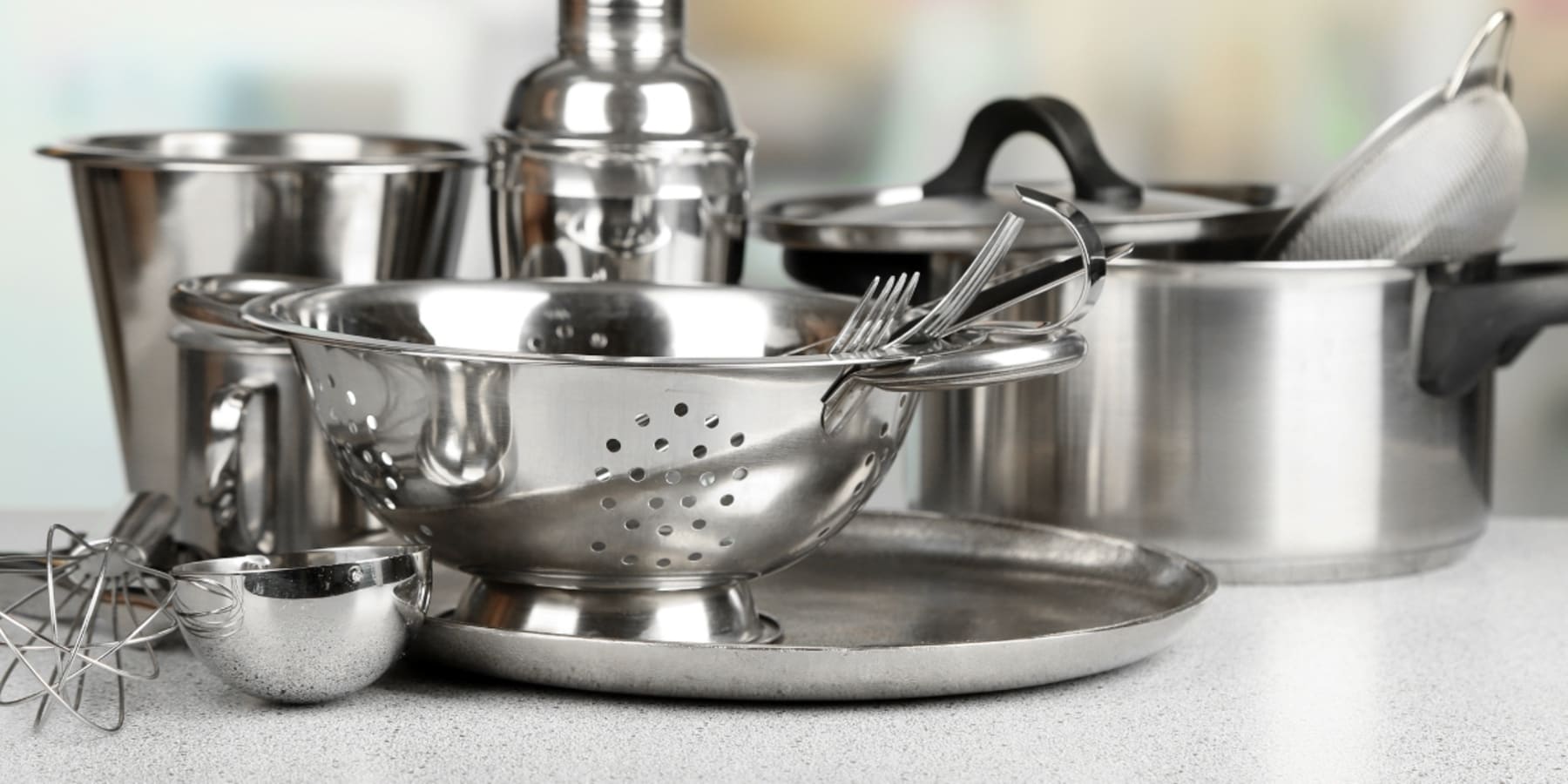

Is stainless steel really stain-less?
Stainless steel is resistant to rust (corrosion) due to the chromium in the stainless steel forming a relatively inert layer on the surface of these metals in the presence of oxygen.
The level of corrosion resistance varies depending on the grade of stainless steel and the environment that it is used in.
Whilst all stainless steel is corrosion resistant, it is not rust-proof.
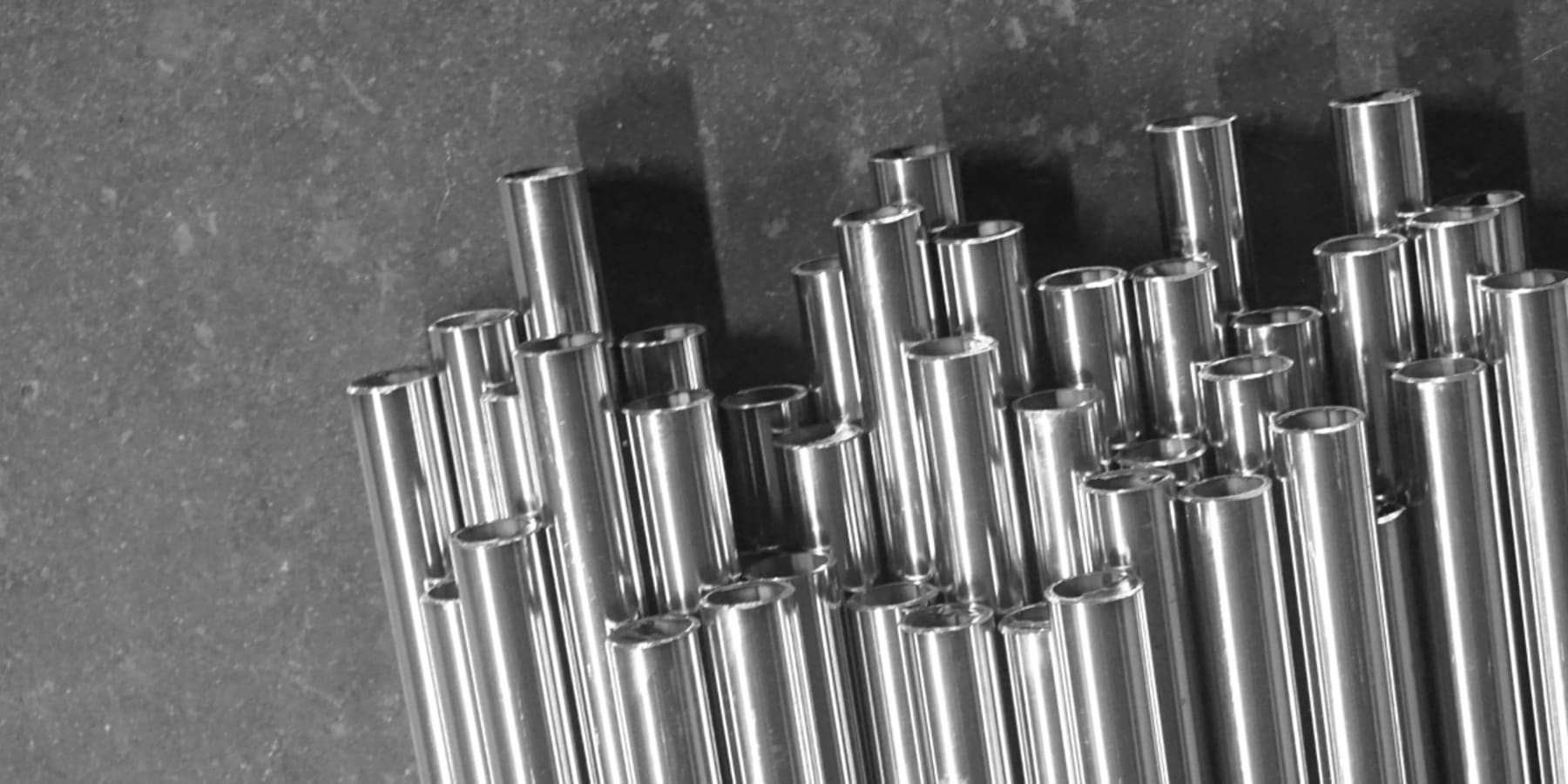

How does rust form?
There are a number of ways that the protective layer on the surface of stainless steel can be compromised leading to rust. These include:
- Crevice corrosion from microscopic water-retaining cracks or scratches on the surface of the metal
- Dissimilar metal corrosion from other metal debris on the surface of the stainless steel
- Surface corrosion from extended exposure to an oxygen deficient environment on the surface of the metal
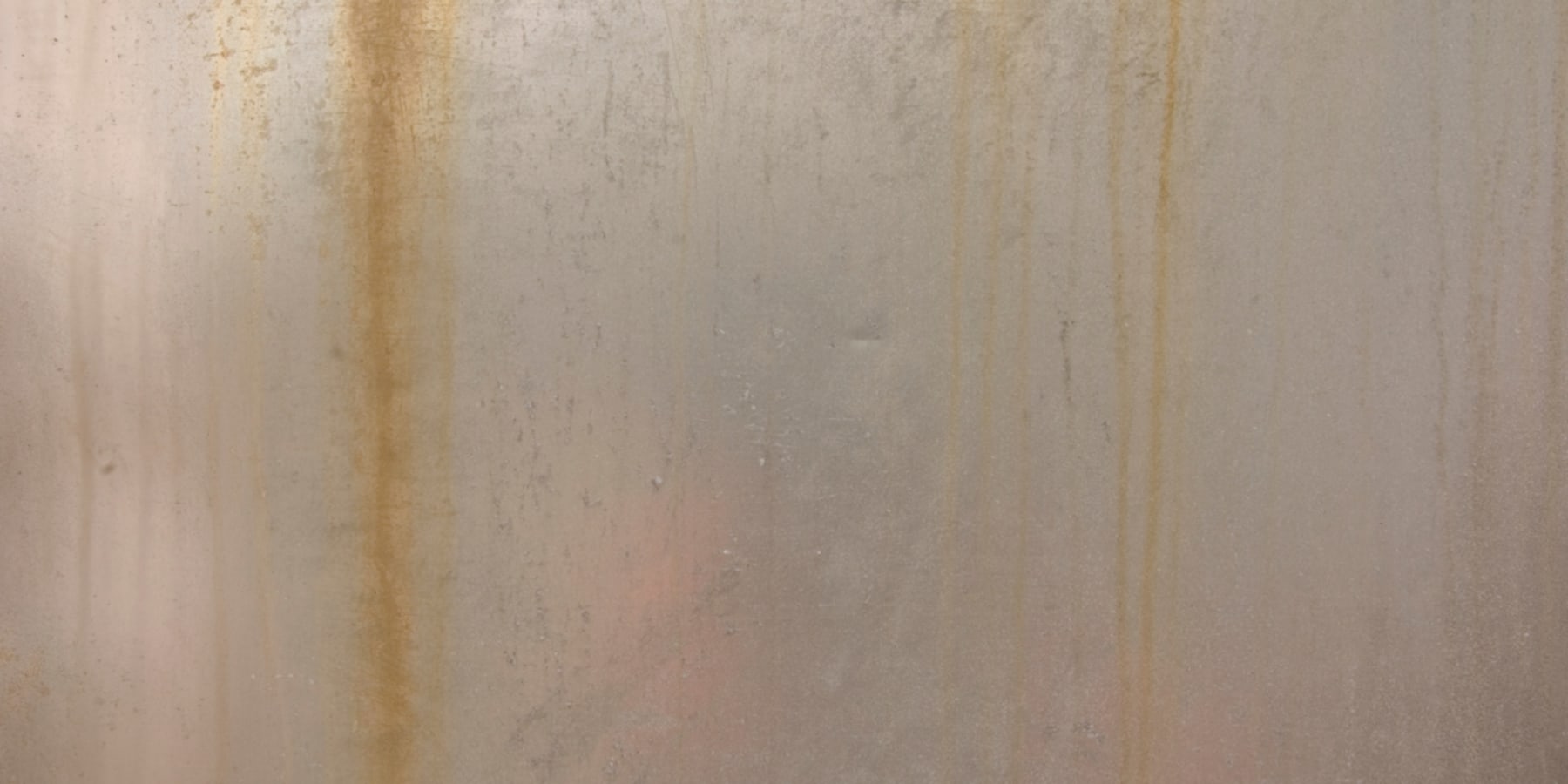

How to remove rust from a stainless steel water bottle?
Rust can generally be removed if it is treated early.
The technique below uses common kitchen items and I have found it simple and effective.
Tools needed:
- White Vinegar (food-grade)
- Dishwashing brush
- Stainless steel pot & pan cleaning brush (optional)
Method
1. Submerge the area of rust with vinegar overnight (minimum 12hours)
2. Remove the vinegar and rinse with water
3. Vigorously scrub the rust area with a dishwashing brush
4. If the rust has now been removed skip to step 8
5. Resubmerge the area of rust with vinegar again overnight (minimum 12hours)
6. Remove the vinegar and rinse with water
7. Vigorously scrub the rust area with a stainless steel pot & pan cleaning brush
8. Clean thoroughly using warm soapy water and a dishwashing brush
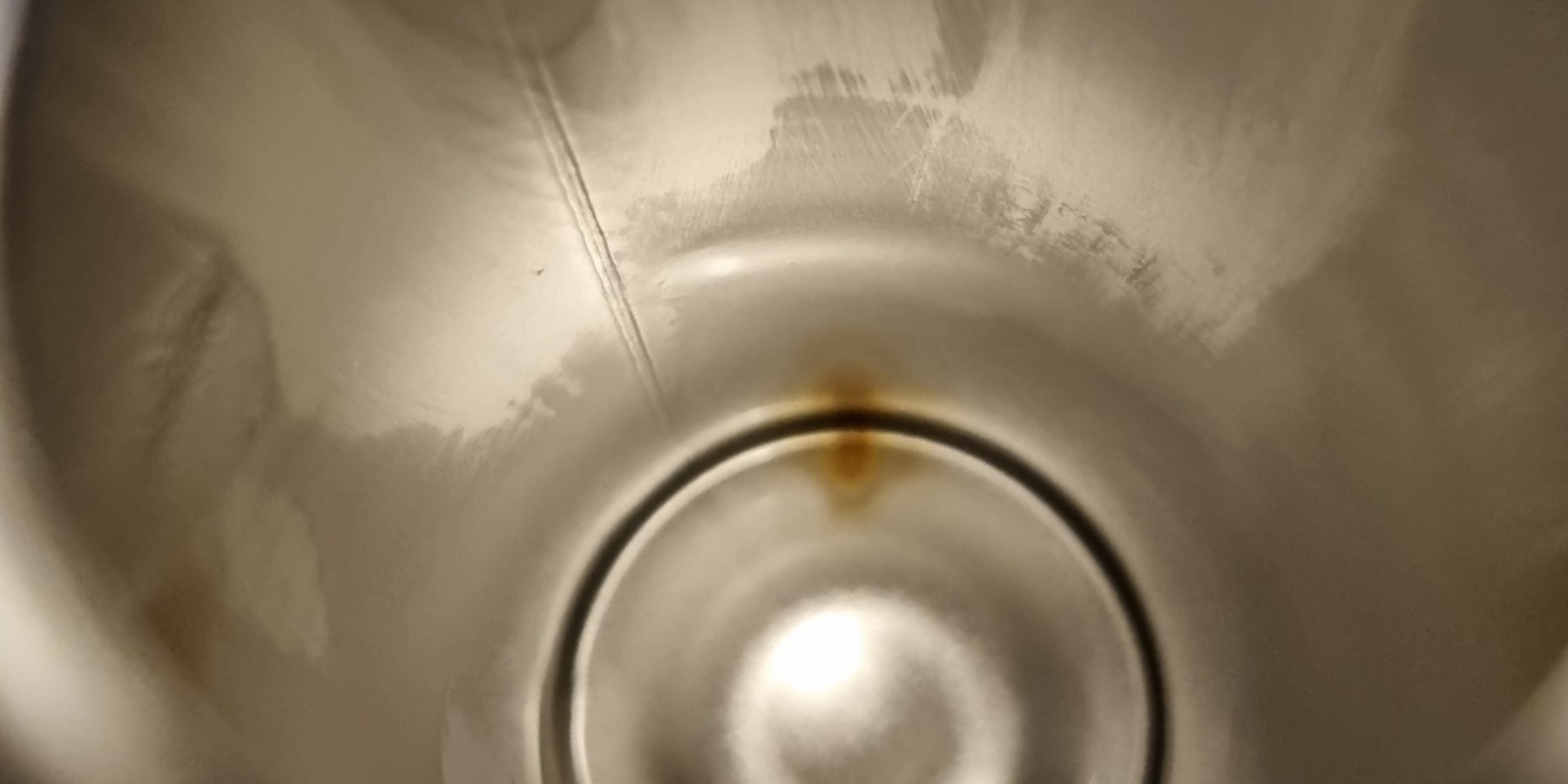

How to keep a stainless steel water bottle stain-less
Regular cleaning is normally enough to keep your water bottle free from rust. This is particularly important if using the bottle for beverages other than water.
If using a metal brush or scourer to clean a stainless-steel water bottle, ensure it is also stainless steel. A non-stainless steel metal brush or scourer can leave tiny flecks of metal behind that may cause dissimilar metal corrosion.
If using an Ever Vessel I recommend regularly giving your bottle a basic clean as follows:
by hand: https://youtu.be/fF0MqOenSF4
or by dishwasher: https://youtu.be/NonzPm9stYs
One of the most important steps in the basic clean is to ensure that the bottle is air dried completely at the end.
If using an Ever Vessel I also recommend periodically completing a deep clean on the vessel to ensure that it is very clean.
Ever Vessel Deep Clean Instructional video
With the deep clean it is important to reinstall the gasket in the correct orientation otherwise the bottle may leak.
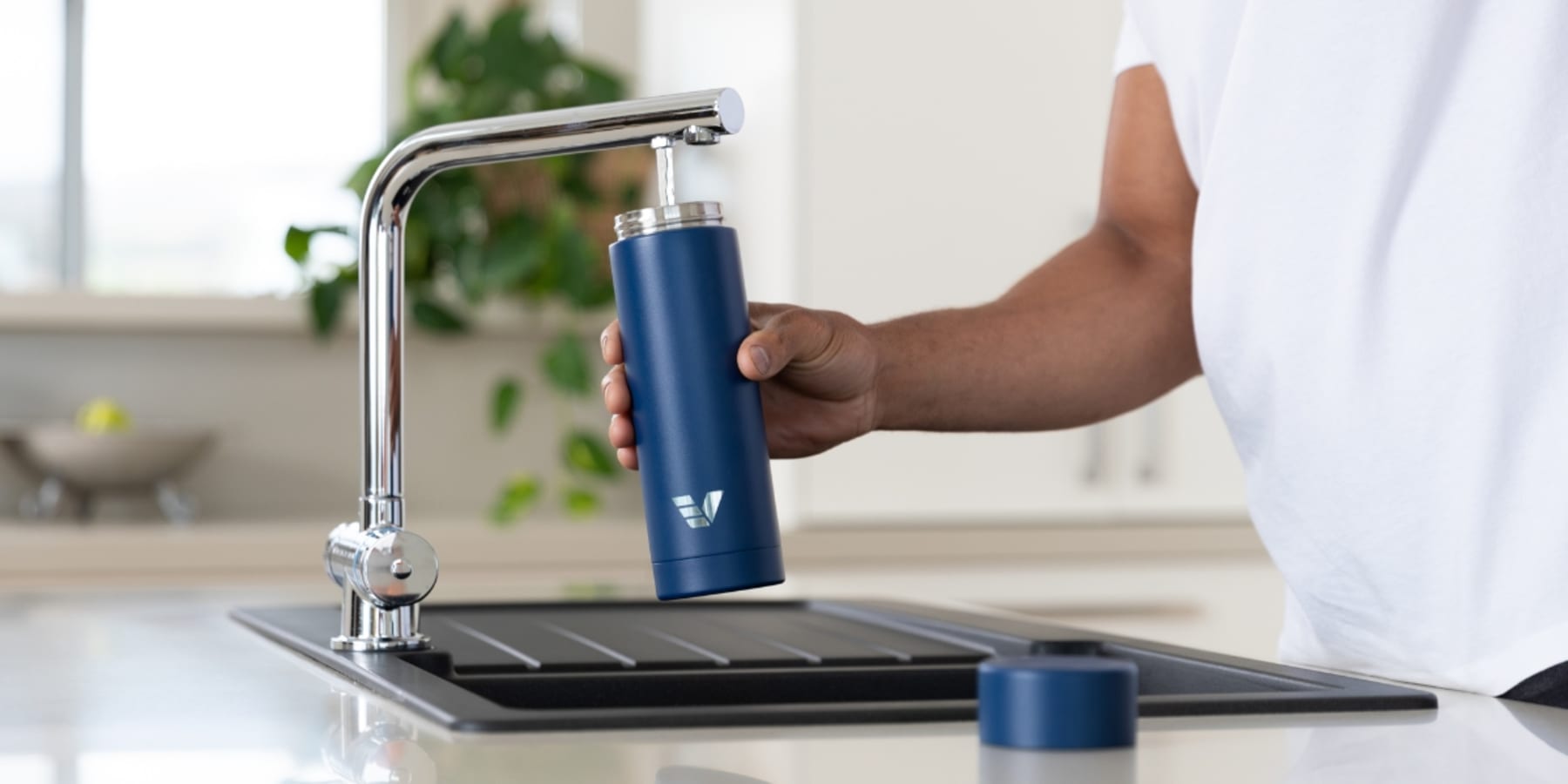

Related blog posts


by Tim Bligh | November 5, 2025Water bottle smells - features to ensure an odor free water bottle


by Bec Bligh | November 4, 2025Ever Vessel x Martin Thompson: Australian wildflowers on glass


by Bec Bligh | November 3, 2025Ever Vessel × Ben Miners: Minimalist waves on a glass canvas








